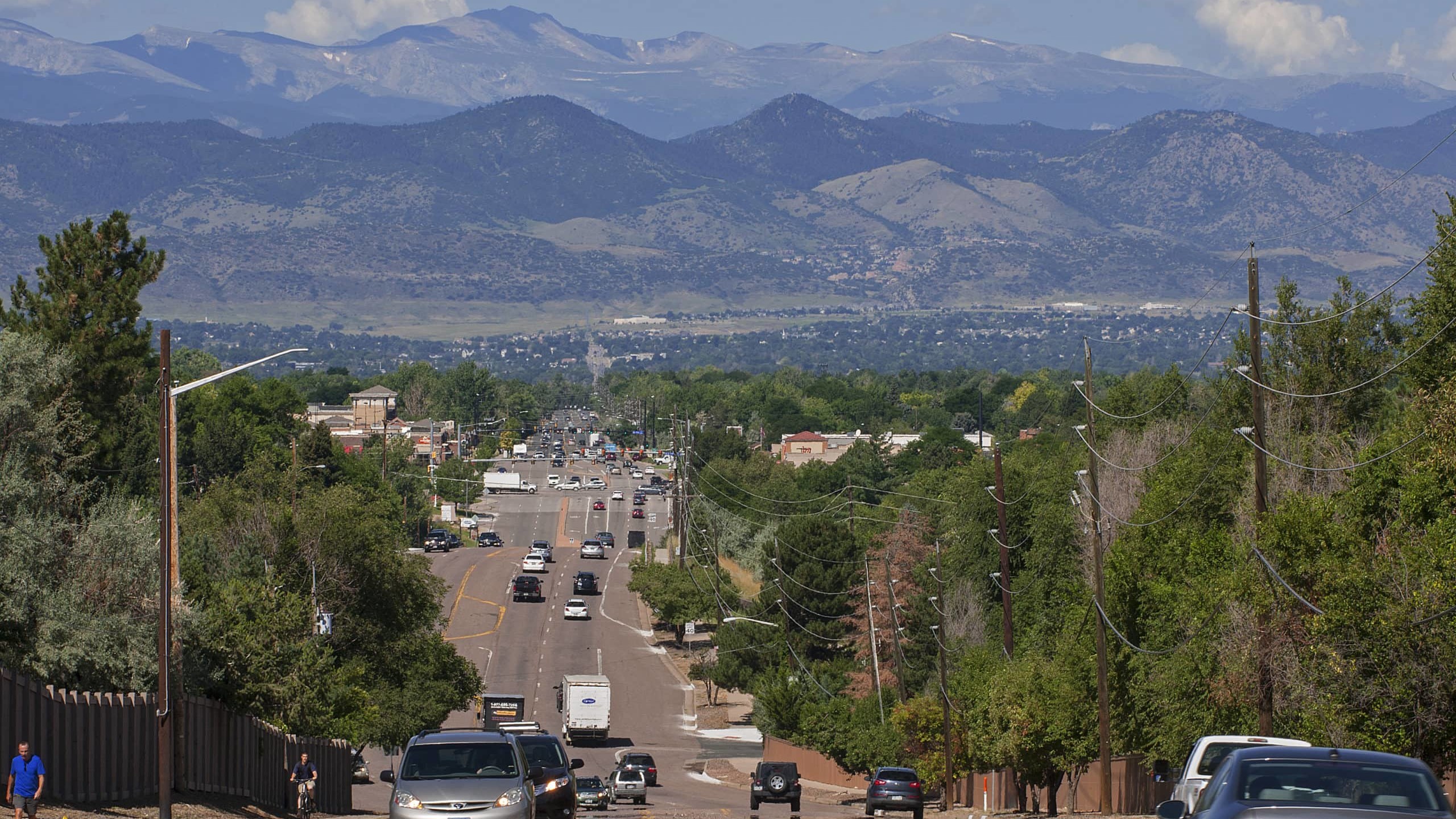Three Denver South cities are working across jurisdictions and alongside private sector partners to minimize one of the most complex side effects of economic growth.
Denver South is blessed with a robust and growing economy that is the envy of much of the country. However, the reality is that with jobs come people and with people, traffic.
While congestion is far from unique to Denver South, our sense of both regionalism and public-private collaboration may well be. Here, we recognize shared challenges and move together to make a positive impact for the good of the region. Perhaps nowhere is this sense of regional pride more apparent than in how we approach traffic congestion.
“Traffic and congestion do not recognize municipal boundaries and neither do our residents,” said Lone Tree Mayor Jackie Millet. “A regional solution is required, and Lone Tree looks forward to employing innovative, smart technology in collaboration with our partners to provide real solutions for our communities.”
Back in 2017, the neighboring cities of Centennial, Greenwood Village, and Lone Tree realized that traffic—like other complex issues including public health, public safety and sustainability—was too big to tackle in any one jurisdiction. City leaders realized that adding more lane miles within the cities, on constrained roadways, wouldn’t create a meaningful improvement in congestion. Further, they recognized that most signal control systems don’t function across city boundaries.
To materially improve congestion, the cities would need to work together and alongside some of the world’s leading technology companies. Even collaborating together and working with leading companies, the issue was too big to tackle in one bite. The cities identified a shared pilot area—The Yosemite Street Corridor—which passes through all three jurisdictions as a main north-south alternative to I-25 during peak congestion, and they got to work.
Knowing that any innovative work in congestion reduction would require solid data, baseline and ongoing, the cities partnered with companies to install and link together a network of sensors. This created a picture of traffic volume at certain points during the day, the time required to move a vehicle through the corridor, and the ability to measure time spent waiting at traffic signals.
The cities combined that data with those generated by an existing network of physical sensors, numerous intersections equipped with traffic cameras, and a new installation of 20 sensors developed by Utah-based traffic data analytics firm, Blyncsy.
Armed with an accurate baseline of traffic flow through the corridor, the cities and their private sector partners have now moved into a new phase: Yosemite Corridor Adaptive Signal Control System Installation and Services.
“Alleviating traffic congestion in conjunction with improving the safety and efficiency of our roadways are shared challenges among the cities of Denver South,” said Centennial Mayor Stephanie Piko. “Partnering with our neighboring cities on this pilot program will provide each of us with the integral data prior to investing additional resources in the appropriate technology for traffic management.”
Adaptive traffic signal control systems—whichautomate much of the signal timing process along a given roadway by layering advanced analytics over traffic data—hold the promise to make meaningful efficiency improvements without adding expensive lane miles.
The project is already generating excitement locally and is garnering media attention outside the corridor, including recent pieces on Denver’s NBC affiliate, 9News.
“If you drive along the system, the signals are coordinated together – that means as you drive you should get as many green lights as you can. But it doesn’t have a chance to deal with any changes to the environment or any volume changes that happen,” said Justin Schmitz, public works director in Lone Tree.
The innovative nature of the project also wasn’t lost on Jeremy Hanak, public works director for Greenwood Village, also quoted by 9News:
“Probably five percent of the signals in the metro area are running adaptive today,” said Hanak. “And I would say a majority of those deployments are from a single agency.”
By combining a future-leaning approach to adaptive signal timing and combining it with a regional deployment across jurisdictional lines and shared, regional data, the three Denver South cities aim to clearly demonstrate efficiency improvements along the roadway in 2020. When successful, they hope to expand it to other vital corridors throughout Denver South.
For Denver South employers and residents, that should equate to less time in the car and more time enjoying living, working and playing in one of the country’s most desirable communities.


